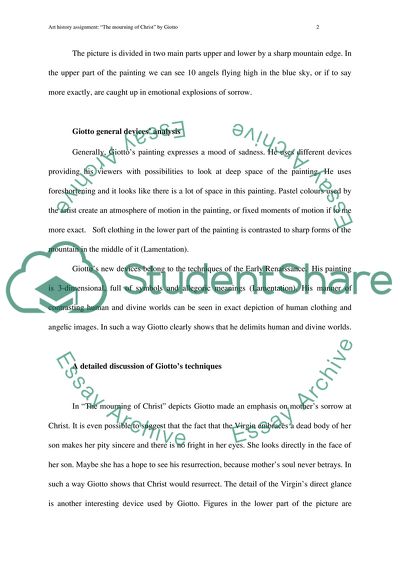Cite this document
(“Art History the Mourning of Christ by Giotto Assignment”, n.d.)
Retrieved from https://studentshare.org/visual-arts-film-studies/1574809-art-history-assignment
Retrieved from https://studentshare.org/visual-arts-film-studies/1574809-art-history-assignment
(Art History the Mourning of Christ by Giotto Assignment)
https://studentshare.org/visual-arts-film-studies/1574809-art-history-assignment.
https://studentshare.org/visual-arts-film-studies/1574809-art-history-assignment.
“Art History the Mourning of Christ by Giotto Assignment”, n.d. https://studentshare.org/visual-arts-film-studies/1574809-art-history-assignment.


